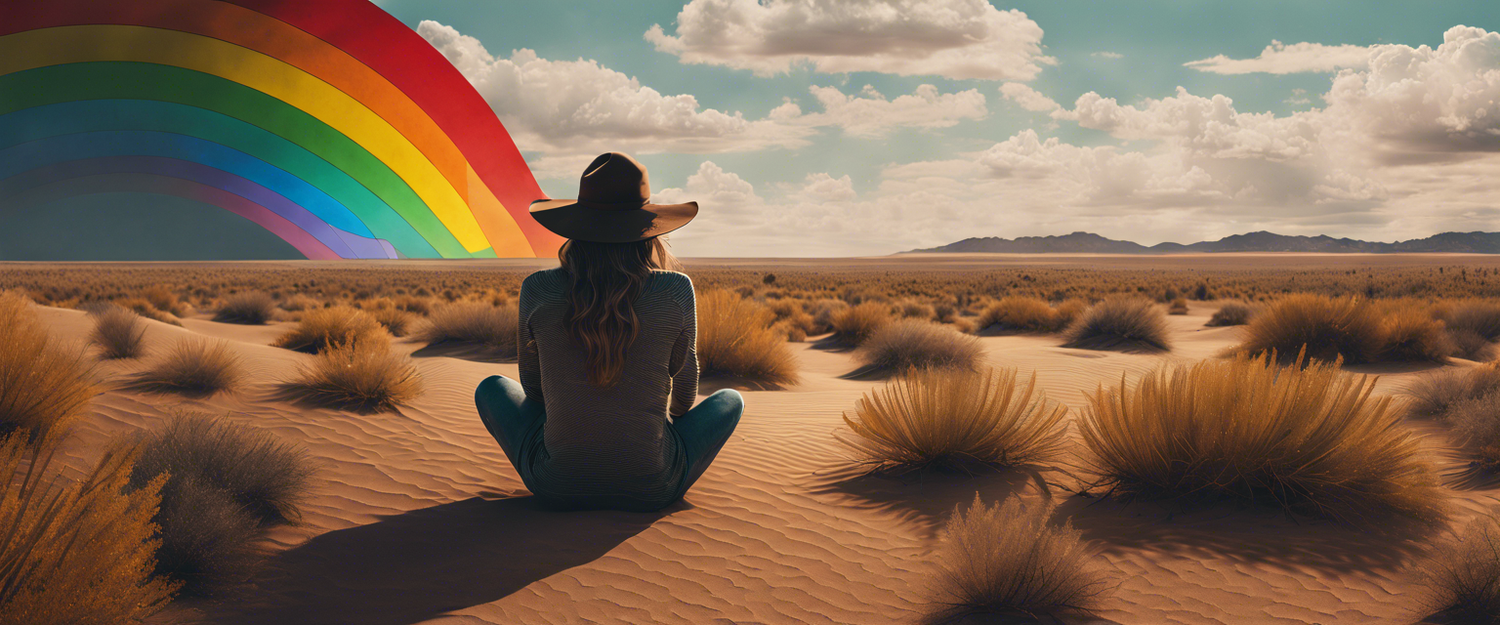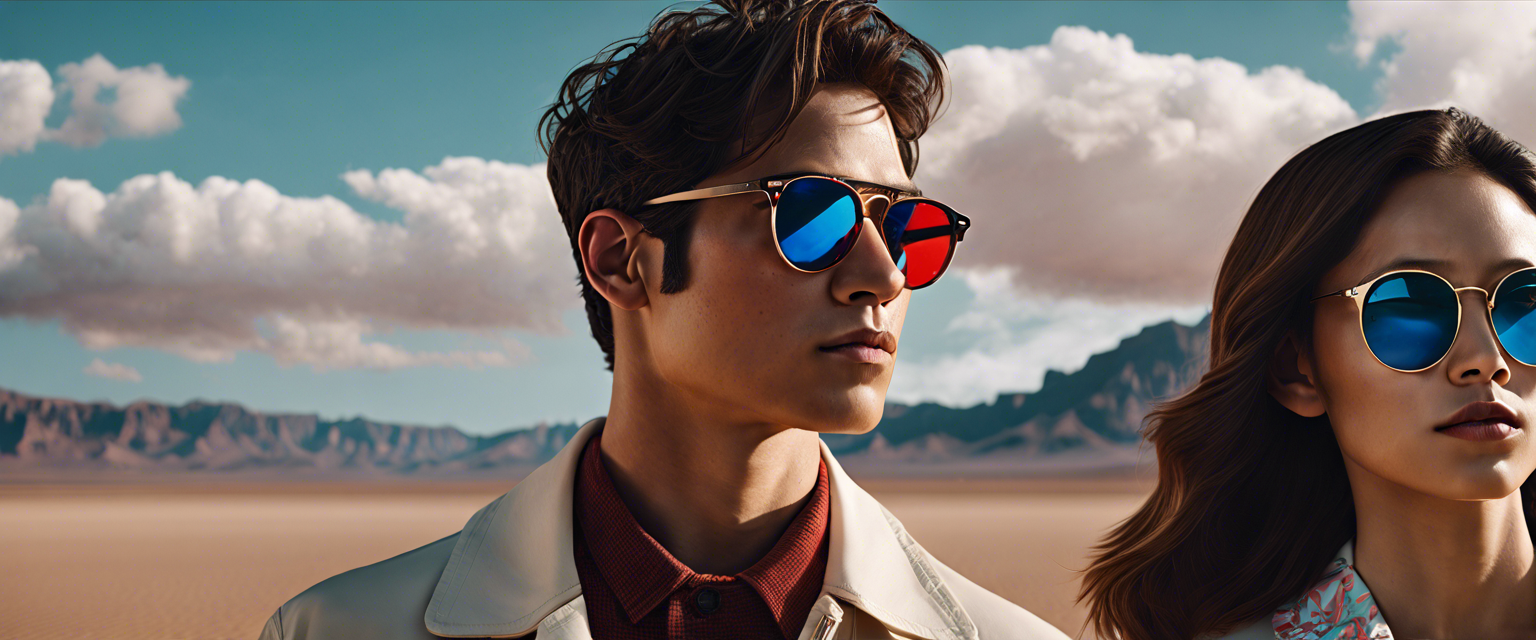Google Introduces Whisk: A Revolutionary Image Generation Tool
Google has unveiled an innovative AI tool named Whisk, which enables users to generate images using existing images as prompts, offering a refreshing alternative to traditional text-based prompts.
How Whisk Works
With Whisk, you can upload multiple images to indicate your desired subject, scene, and style for your AI-generated image. This flexibility allows for much richer and more nuanced creative exploration. If you lack specific images, you can simply click the dice icon, and Google will provide a selection of AI-generated images to help guide your creative process. Additionally, users have the option to include further text descriptions to refine their image results.
User Experience and Features
Once the images are generated, Whisk presents the results along with a corresponding text prompt. Users can either favorite, download, or further refine the images by editing the text prompts or providing more details through the text box. This iterative process encourages users to experiment and fine-tune their creative outputs.
Google’s Vision for Whisk
According to a blog post by Google, Whisk is built for rapid visual exploration rather than achieving pixel-perfect edits. The company acknowledges that the AI may not always meet user expectations, hence the option to adjust the prompts accordingly. This design philosophy positions Whisk as a tool for creative experimentation rather than a precision graphic design application.
Performance and Output
In my initial experience with Whisk, I found it engaging to play around with various images. Although the image generation process takes a few seconds, the creative results—while occasionally peculiar—are entertaining and easily modifiable, allowing for ongoing creativity.
Technological Backbone: Imagen 3 and Veo 2
Whisk operates on the latest iteration of Google’s Imagen 3 image generation model, which was also announced recently. Furthermore, Google introduced the Veo 2, an upgraded video generation model that boasts a superior understanding of cinematography. The company claims that Veo 2 hallucinates inaccuracies—like extra fingers—less frequently than its predecessors, providing users with a more reliable video generation experience. Veo 2 will be initially available through Google’s VideoFX, with plans to extend its use to platforms like YouTube Shorts in the upcoming year.
Conclusion
With tools like Whisk and the advancements brought by Imagen 3 and Veo 2, Google is pushing the boundaries of AI creativity. These tools not only empower users but also foster an environment of continuous exploration in digital art and video production.



Оставить комментарий
Все комментарии перед публикацией проверяются.
Этот веб-сайт защищается hCaptcha. Применяются Политика конфиденциальности и Условия использования hCaptcha.